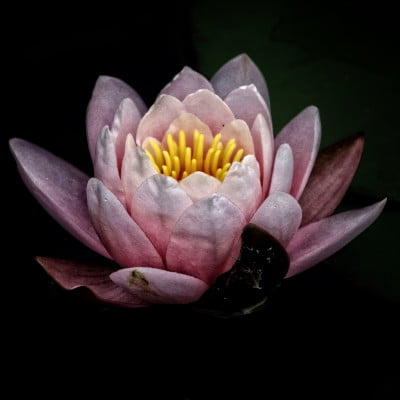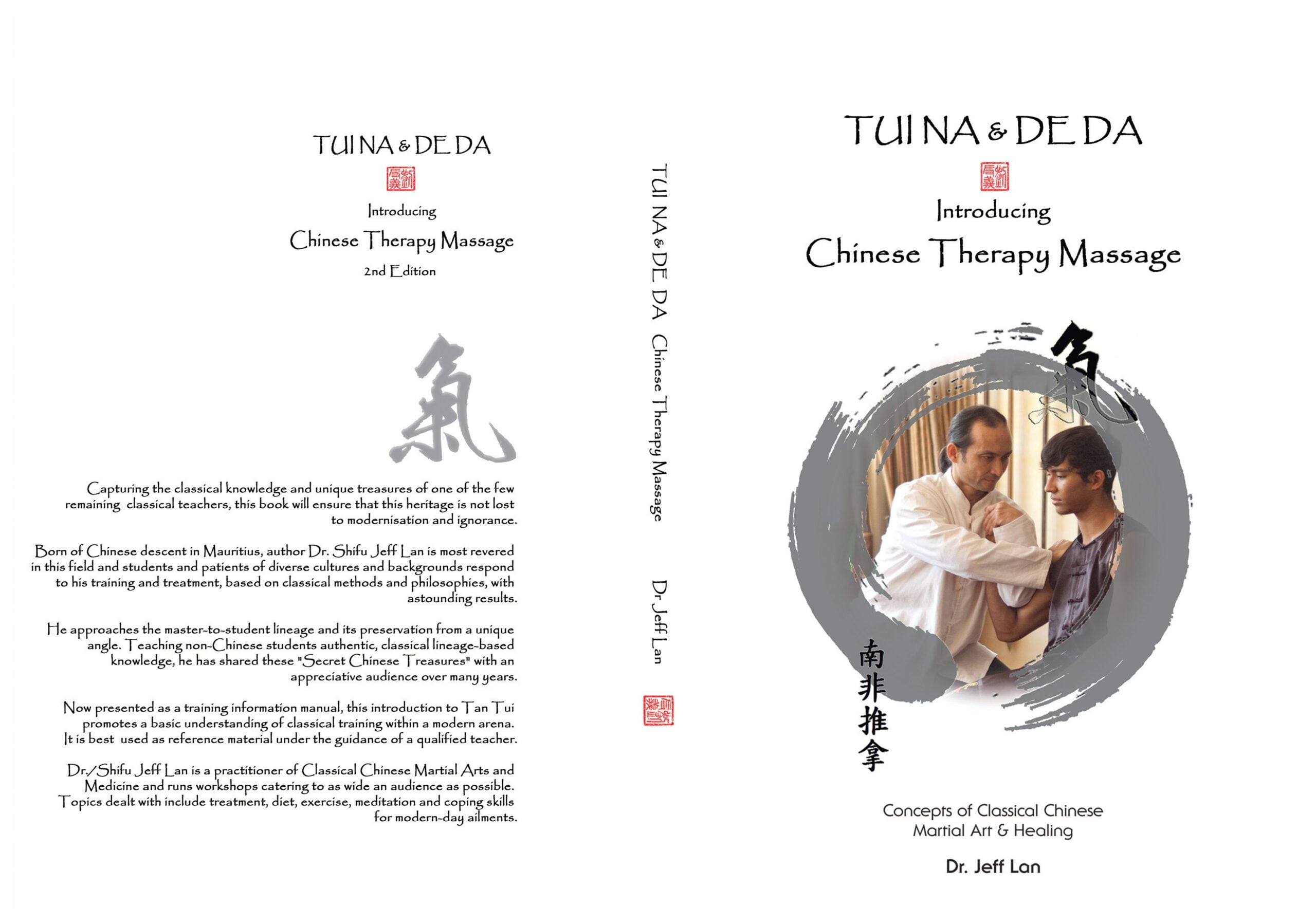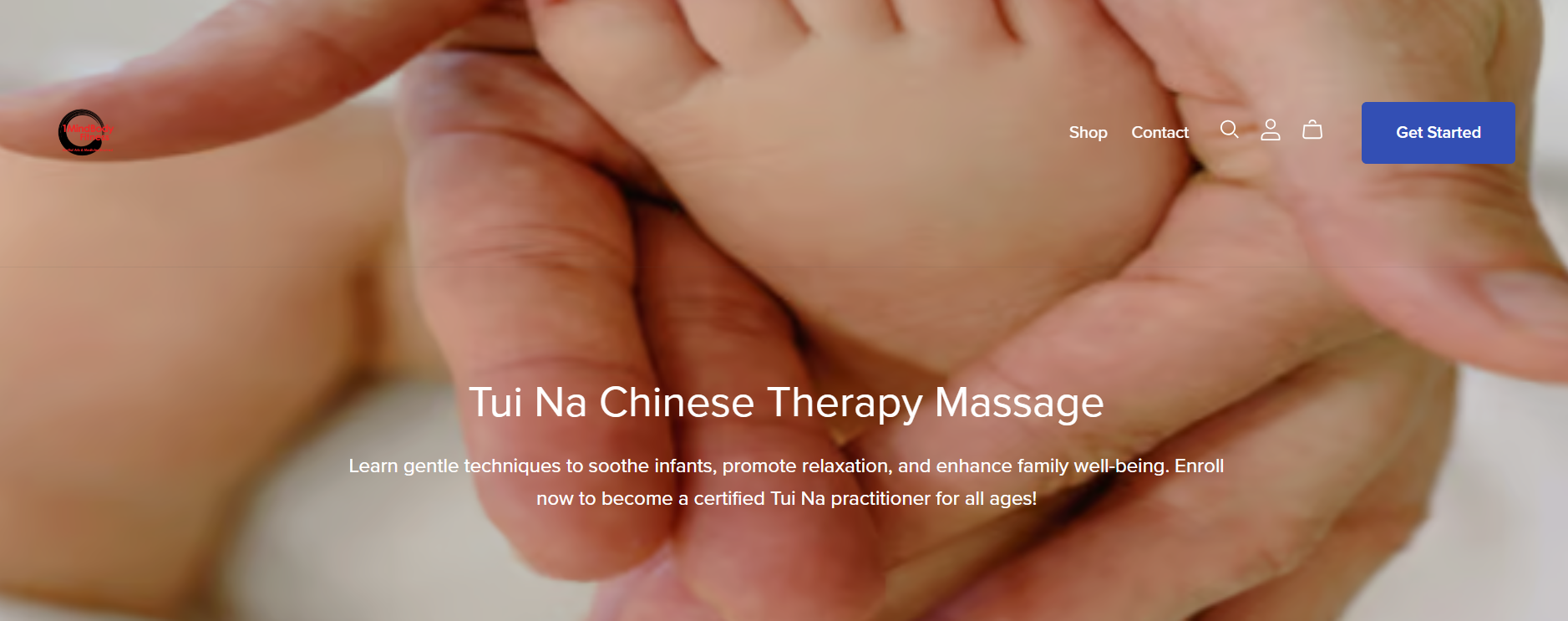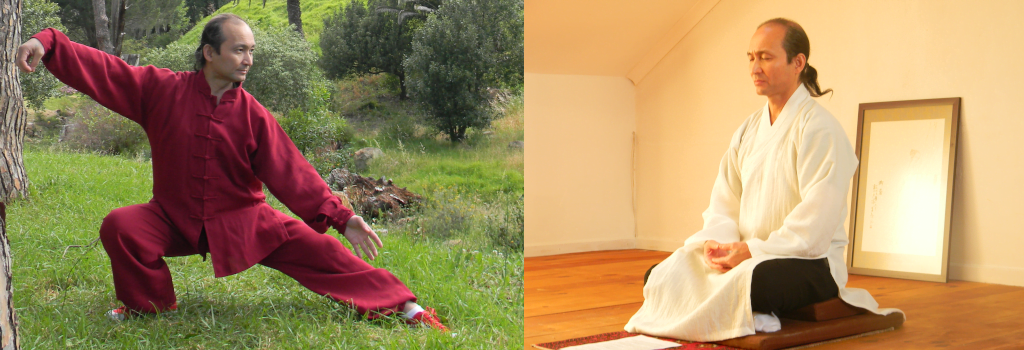1MindBodyFitness
Martial Arts Therapy for Strength, Serenity, and Vitality
Transform your well-being with our online Tuina Chinese Therapy Massage course. Master ancient healing techniques from Kung Fu, Tai Chi, Qigong and Traditional Chinese Medicine for strength, serenity, and holistic self-care.
1MindBodyFitness: Martial Arts Therapy for Strength, Serenity, and Vitality
Discover our transformative online Tuina Chinese Therapy Massage course—designed for therapists, fitness enthusiasts, and anyone seeking a harmonious balance of body, mind, and spirit
Unlock Vitality with Ancient Healing Arts


Course Overview
Explore the art of Chinese Tui Na massage—a time-honoured therapeutic method that utilises kneading, pressing, rolling, and rubbing techniques to stimulate the flow of Qi (energy) and restore balance. Suitable for both beginners and seasoned practitioners, this course offers a comprehensive introduction to Traditional Chinese Medicine (TCM) principles and practices.
What You Will Learn
Introduction & History of Tuina and Traditional Chinese Medicine
Differences Between Bonesetting and Tuina Techniques
Massage & Manipulation Methods
Understanding Meridians, Collaterals, and Acupoints
Healer Wellness: Daoist Principles, Cosmic Healing, and Qigong Meditation
Yin & Yang Theory and Practical Acupoint Charts
Course Features & Materials
282 minutes of interactive video instruction
Downloadable and printable e-books, notes, and acupoint charts
Scripted video tutorials and practical demonstrations
Bonus materials: Yin Yang Theory E-Book, Cosmic Healing Qigong Meditation, and Qigong Training for Healer Wellness
Flexible purchase options: One-time payment or subscription
Course Aims & Learning Outcomes
Our Tui Na Chinese Therapy Massage course is crafted to give you an in‐depth understanding of both Tui Na and bone-setting techniques. Tui Na—translated as “push/seize (catch)”—is a therapeutic massage that employs diverse methods to restore the body’s natural balance and address injuries such as falls, fractures, contusions, and strains.
Why This Course is Unique
Traditional Roots:
Grounded in ancient healing arts, Daoist philosophy, and Kung Fu martial arts, our course embraces a classical training style that sets it apart.
Stepping Stone to TCM:
Tui Na and bone setting (De Da Sun Sang) serve as an essential foundation, paving the way for further study in Traditional Chinese Medicine (TCM).
Integrating Qi and Wellness Practices:
Gain a basic understanding of Qi—central to both martial arts and TCM—while exploring introductory Qigong and meditation techniques to support personal well-being.
What You Will Learn
Theory & Practice:
Master both the theoretical frameworks and hands-on skills of Tui Na and bone setting.
Client Consultation & Diagnosis:
Develop the ability to consult with clients, accurately identify ailments, and design effective treatment plans.
Targeted Technique Application:
Learn to locate and understand pressure points, selecting and applying the appropriate techniques tailored to specific anatomical needs and injury conditions.
Personal Well-Being:
Enhance your own wellness by practicing the classical Daoist Ba Duan Jin Qigong form and foundational Cosmic Healing meditation techniques.
Note: A basic familiarity with the principles and diagnostic methods of TCM is recommended to maximise your understanding of this course.
Practice Self-Care & Professional Mastery
“To heal another, one must first heal oneself.” Our course emphasises a comprehensive approach to self-care through regular practice of Daoist Ba Duan Jin Qigong and cosmic healing meditation techniques. Learn how to consult with clients, identify ailments, and apply the most effective therapeutic methods tailored to specific anatomical and energetic conditions.”
Embrace the Path to Optimal Wellness
Whether you’re aiming to treat relatives, friends, or clients, our online course provides you with the tools to transform your life. Experience the seamless integration of martial arts discipline with ancient healing practices to unlock physical harmony and inner peace.
Enroll Today! and begin your journey toward strength, serenity, and vitality!
Practice Self-Care
Maintaining one’s health necessitates a multifaceted strategy. The ultimate drive in life is survival. “To heal another, one must first heal themselves.” The essential fundamental building elements that are good for the therapeutic Chinese martial arts practices of Tai Chi Quan, Qigong, and its complementary, TCM therapy comprise Chinese martial arts aka Kung Fu, Daoist healing, and its philosophies. Tui Na, Bonesetting, Chinese herbs, and Acupuncture would form the basis of TCM. They are unable to be separated.
Discover our amazing online Tuina Chinese Therapy Massage course. Explore, learn, and maybe treat relatives, friends, and clients.
Discover the transformative world of Tuina Chinese Therapy Massage with our engaging online course. Immerse yourself in an ancient healing art that beautifully blends the wisdom of Traditional Chinese Medicine, Daoist philosophy, and martial arts principles. Learn the art of “push and seize”—techniques that not only help restore balance and ease injuries from everyday life but also empower you to support the well-being of your loved ones and clients.
In our warm and welcoming course, you’ll explore the rich heritage behind Tui Na, a practice that has been healing and realigning bodies for over 3,000 years. Gain a solid understanding of Qi, and enjoy an introduction to basic Qigong and meditation practices that keep both body and spirit in harmony. Whether you’re interested in easing physical strains, addressing emotional stresses, or simply expanding your healing skills, this course is designed to inspire and uplift.
Join us on this journey of wellness and self-discovery—where ancient techniques meet modern care, and every lesson brings you closer to a more balanced, vibrant life.
Nurturing Harmony: The Healing Dance of TuiNa, Tai Chi & Qigong
At the heart of true wellness lies a partnership—one where healers and patients journey together, embracing the ebb and flow of each individual’s unique path. Healer Wellness reminds us that healing is not about rigid “cures” but about adapting, balancing, and cultivating a foundation of vitality. Here, ancient practices like Tai Chi (Taiji Quan) and Qigong shine as timeless guides, offering tools to harmonise body, mind, and spirit.
Imagine Tai Chi as a gentle dance between motion and stillness. Through its flowing movements, we learn to balance yin and yang—not as opposites, but as complementary forces. This practice awakens the body’s energy pathways (meridians), nurtures the flow of Qi and blood, and quietly steadies both the nervous system and the physical body. For healers new to martial arts, starting with Yi Jin Jing or foundational Qigong offers a welcoming path to grounding energy into the lower dantian—the body’s radiant “cauldron of life.”
The magic of these practices lies in their simplicity. Whether through Tai Chi’s graceful forms or Qigong’s mindful breathwork, the goal is the same: to train the body to whisper safety to the brain. Our minds, after all, are tireless engines—often burning through precious energy (our ancestral Jing) when cluttered with tension. By softening mental chatter and deepening breath, we create space—literally—between joints for Qi to flow freely, oxygen to nourish tissues, and calm to settle into every cell.
This is the quiet wisdom of these arts: balance is not a destination but a dynamic dance. They remind us that healing begins when we pause, breathe, and trust the body’s innate wisdom. For practitioners and patients alike, integrating these rituals cultivates resilience, conserves vitality, and nurtures a shared state of calm—where true wellness can blossom.
So, let’s step onto the path with kindness. Whether you’re a healer refining your craft or someone seeking renewal, remember: every gentle movement, every mindful breath, is a loving act of self-care. Together, we honor the ancient truth that to heal others, we must first nurture ourselves. 🌿✨
In stillness, find motion. In motion, find peace.
Discover Harmony: The Gentle Dance of Wuwei, Jing, and Tai Chi
In the heart of Chinese philosophy and wellness lies a timeless invitation: to move with grace, nurture your essence, and align with life’s natural rhythm. Let’s explore three treasures that guide this journey—Wuwei, Jing, and Tai Chi—each offering wisdom for a life of balance and vitality.
Wuwei (“nonaction”) whispers a gentle truth: true power emerges not through force, but by flowing with the universe. Imagine a river carving its path—effortless, patient, yet unstoppable. Wuwei teaches us to release resistance, trust the process, and act in harmony with the world around us. It’s not about doing nothing, but doing what’s aligned.
Jing, often called our “vital essence,” is the quiet foundation of our energy. Like a deep-rooted tree drawing nourishment from the earth, Jing resides in the kidneys, storing the life force passed through generations. In traditional Chinese medicine, nurturing Jing—through rest, mindful nutrition, and calm—helps us cultivate resilience and longevity. It reminds us: treasure your inner resources.
Then there’s Tai Chi, the moving meditation that weaves these ideas into practice. Through its slow, deliberate forms, Tai Chi harmonises body, breath, and spirit. Often called “meditation in motion,” it strengthens not just muscles but our connection to the present moment. Each posture mirrors Wuwei’s flow while quietly nourishing Jing. It’s a dance of balance—proof that softness holds strength, and stillness fuels action.
Together, these teachings invite us to live authentically: to conserve our essence, move with intention, and trust the wisdom of nature’s timing. Whether through a Tai Chi practice at dawn, a moment of mindful rest, or simply pausing to breathe, we’re reminded—true wellness blossoms when we align with life’s rhythm, not against it.
May these insights inspire you to embrace ease, honour your inner vitality, and find joy in the journey. After all, the greatest transformations often begin with a single, mindful step. 🌿✨



